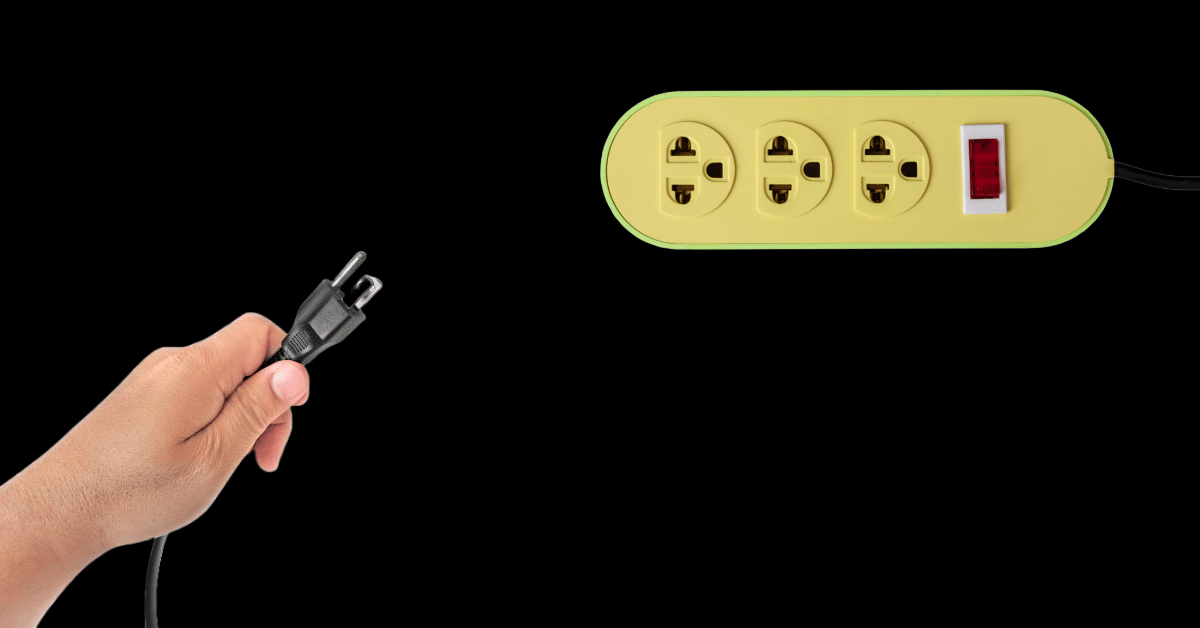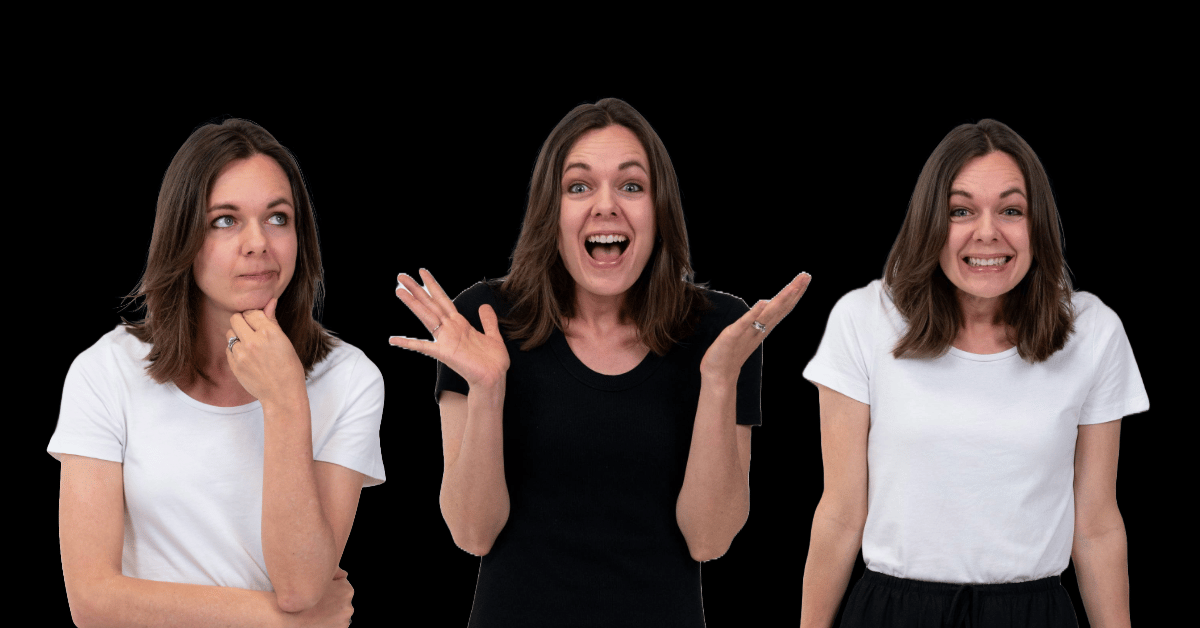
Millennials ruined cable, department stores, and the diamond industry.
Gen Z ruined hook-up culture, the 😂 emoji, and curated IG grids. But 1 thing the chronically online generation has scorned that’s making a comeback? Drinking. A recent study found Gen Z’s alcohol consumption is on the up and up, showing the largest increase of any generation surveyed.
- Charlotte Ellis, Editor ♡
Stop winging it. Start running paid ads that work!
This 90-minute workshop is for marketers who are ready to stop spinning their wheels and start running social ads with a clear, proven plan that drives real sales.
In this session, you’ll learn:
✅ What to post, how often, and in which format (templates included!)
✅ How to set up your first (or next) campaign so it’s built to convert
✅ The one thing every successful campaign gets right
✅ How to track what’s working & tweak what’s not
PLUS The latest best practices for Meta ads in 2025.
Ask questions. Get answers. Leave ready to grow your sales and scale your business.
Wednesday, 30 July | 8:30–10:00am NZT | $59 NZD
WHAT’S HAPPENING IN MARKETING TODAY?
Gen Z-ers get their drink on, Miu Miu takes over public libraries & GAP beauty line in the works?

Gen Z does drink after all (who knew)?
It’s been kind of a known thing that Gen Z-ers don’t really drink (yes, we know, you’re better than us.) However a recent study by IWSR, a market researcher for the global beverage industry, challenges that very narrative. The survey studied more than 26,000 people across the 15 largest alcoholic drinks market. And it found that 73% of Gen Z respondents had consumed alcohol in the last six months, up from 66% two years ago. That’s the biggest increase of any generation.
The question is, why? Richard Halstead, Head of Consumer Insights at IWSR believes the lack of drinking culture could be accredited to the cost-of-living crisis, not societal habits:
“Rising prices have been especially acute in bars and restaurants — places that appeal most to Gen Z drinkers,” he said. “With every year that passes, more Gen Z drinkers are entering the workforce, and those already in the workforce are typically earning more.”
Regardless, the drinks industry seems to still be struggling with global decline in alcohol consumption. And that's probably a good thing, post 2000s club and binge-drinking culture (thanks, Jersey Shore). Apparently, we’ve gone classy, opting for fewer, more expensive tipples. We love to see it.
Miu Miu "Summer Reads 2025" campaign invites us to slow down.
THIS is what I meant when I said we need to reach audiences outside of the internet. And what could possibly be more offline than reading a book, iced coffee in hand, under a tree in a tranquil park? That is the essence of the Miu Miu Summer Reads 2025 campaign, and I’m picking up whatever they are putting down, truly. And that is, the value of books, the power of female storytelling, and creating culture in a whimsical, accessible and sensitive way.
The brand's events took place at the end of June at open air libraries in some of the world's most renowned and beautiful parks. Miu Miu adorned the venues with carefully designed kiosks, coordinated colour palettes, and Miu Miu logos translated into chromatic symbols and graphic signs.
The novels presented championed the female point of view, exploring themes of identity, freedom, and resilience. This unique cultural project is inspiring, to say the least. Just as audiences seek a slower approach to brand, Miu Miu has hit the nail on the head.
GAP is planning to launch a beauty line?
And THIS is what I meant about brands adopting the challenger strategy (told you, I’m right about almost everything.) In the 90s, Gap launched a beauty line that became a key part of the brand's allure. The line featured beloved perfumes like Heaven, Dream, Grass and Om, which were nothing short of cult classics. And apparently, there are whispers of a comeback. As someone who was just too young to experience the delights of the 90s fashion and beauty world, I’m so here for it.
-Sophie Randell, Writer
DEEP DIVE
How faceless creators are eating influencers’ lunch

The influencer’s new competition has no skin in the game – no, literally.
We used to joke that influencers were born when you gave a ring light to a hot person with opinions. But the next wave of content stars doesn’t even need to be hot. In fact, they don’t even need a face. Just bandwidth, AI tools, and a thirst for conversion rates.
Enter the faceless creator. This new breed of influencer is scaled by tech, optimised for performance, and growing faster than traditional creators can blink.
Faceless creators, also known as virtual influencers or AI-powered content farms, are taking over feeds with the speed, scale, and precision of a TikTok algorithm on steroids.
Powered by cheap, scalable tools like Google’s Veo 3 and Hedra’s Character-3, these creators are redefining what it means to be “influential.” And the numbers are wild. According to eMarketer, some creators reportedly run 50+ channels and churn out up to 80 videos a day, a volume that would make even the most caffeinated YouTuber cry.
And the top earners? They’re pulling in $30,000 to $40,000 a month from brand deals… not by doing GRWM videos, but by optimising for cold, hard performance. This isn’t content creation. It’s content manufacturing. And brands are lining up to get a slice.
So, how does faceless creation work?
At the core of this model is ruthless efficiency. As I mentioned, many of these creators operate multiple faceless accounts at once, using AI tools to mass-produce video content. These are often in formats like “texting stories” that can be auto-generated in seconds. Add a few scripts, sprinkle in a synthetic voiceover, and boom, you’ve got yourself a monetisable piece of content without ever even opening a camera app.
To supercharge reach, some use “phone farms” (yes, actual rooms of cheap smartphones glued to charging stations) to simulate virality and train platform algorithms to favour their videos. It’s a bizarre yet wildly effective growth hack.
They’re paid on performance: clicks, conversions, sales, not “engagement” or vibes. No awkward negotiations over whether a Story view counts. No influencer tantrums about brand alignment. Literally just numbers.
It’s not hard to see the appeal (if you’re a brand.)
Traditional influencers charge flat fees, often tens of thousands of dollars, regardless of whether the campaign performs. With faceless creators, marketers can test dozens of content variations at scale and only pay for what actually works. It’s plug-and-play influence with no talent management needed.
In an age where CMOs are held hostage by quarterly performance metrics, faceless creators offer a low-risk, high-speed alternative to the influencer industrial complex. They can be tweaked, iterated, and A/B tested like ad copy.
They’re kind of like the Google Ads of the creator economy.
BUT, for all its efficiency, this model comes with caveats, and some pretty big ethical question marks.
For one, many human creators are pushing back. According to recent surveys, 31.5% say they would expect their full rate or more if a brand wanted to license an AI avatar of their likeness. So much for cost savings. If the faceless economy starts borrowing real faces, the price tag may spike (as they should, because wtf.)
And then there’s the cultural tension. While brands love efficiency, audiences still crave connection. There’s only so long we’ll pretend that an AI influencer reading scripted drama in a robot voice is “relatable.” At some point, people will want humanity back… or at least the illusion of it.
And let’s not forget: this is all happening in a grey zone of labour, licensing, and platform regulation. Who owns a virtual persona? Who’s responsible when one goes rogue (or just plain cringe)? We’re building a new creator economy faster than we’re writing the rulebook.
So, what now?
For marketers, faceless creators offer a new channel, particularly for lower-funnel, performance-driven campaigns where scale and speed win. They’re not going to replace your ambassador programs overnight. But they are making a strong case for where volume belongs in your content strategy.
For creators, it’s a wake-up call. The bar is shifting from “being the brand” to building a brand that can scale without you. This might mean licensing your likeness, experimenting with AI clones, or investing in content formats that don’t rely on your physical presence (or sanity).
And for the culture? Well… we’re watching influence go from personality-driven to programmatic. The creator economy won’t die, but it did just deepfake itself. Spooky.
-Sophie Randell, Writer
TREND PLUG
Lololol no

Wait, you work in social media?! I'd love to make silly TikToks all day!
We all love those questions that make us go, "HAHAHA no." Where someone’s assumption was so far off, you wanted to literally laugh in their face (but, sadly, can't)?
Well, this trend is made just for those occasions. And even better, it's a carousel, which means you can do it even if you're feeling kinda lazy. The concept is simple. The first slide has a quote someone has said to you after learning something about you. Then, the second slide has that assumption with a question mark. The following slides show how what they just assumed is so far from the truth, it's not even funny.
For example:
How you can jump on this trend:
Start with this trending sound. Then, create your carousel in this format:
Slide 1: What people say to you
Slide 2: That thing with a "?"
Use the rest of your slides to show reality, which is nothing like other people's expectations. Add OST and you're done!
A few ideas to get you started:
"How many hours did you spend on that slide deck?" —> "Hours?" —> [photos showing you working on it for the last 2 weeks]
"How many months have you worked in social media?" —> "Months?" —> [photos of you working in social media over the last decade]
"You work in social media? I'd love to make TikToks all day" —> "TikToks?" —> [photos of you doing all the million other things you do besides create content]
- Charlotte Ellis, Editor ♡
FOR THE GROUP CHAT
😲WTF: Akon City Abandoned!
❤How wholesome: Pure class
😊Soooo satisfying: ASMR car crushing
🍝What you should make for dinner tonight: HOT HONEY CHICKEN SHEET PAN
TODAY ON THE YAP PODCAST
Want even more “YAP”ing? Check out the full podcast here.
ASK THE EDITOR

Is it possible to get into marketing without having some sort of formal education? And, if so, how? -Kai Yin
Hey Kai Yin,
Yes, it's absolutely possible to get into the industry without a degree in marketing. Of course, it is definitely helpful to have an understanding of consumer behaviour and marketing principles. But with all the free resources out there, you can take it upon yourself to learn from books, podcasts, YouTube, etc.
As far as getting experience, if I were you, I would immerse myself in the industry as much as possible. Go to in-person marketing events. Follow and connect with marketers on LinkedIn. Book coffee chats with anyone who will give you 30 minutes of their time. Not only is this the best way to learn, but it may even lead to an opportunity to intern or get some actual work experience. Good luck!
- Charlotte Ellis, Editor ♡

